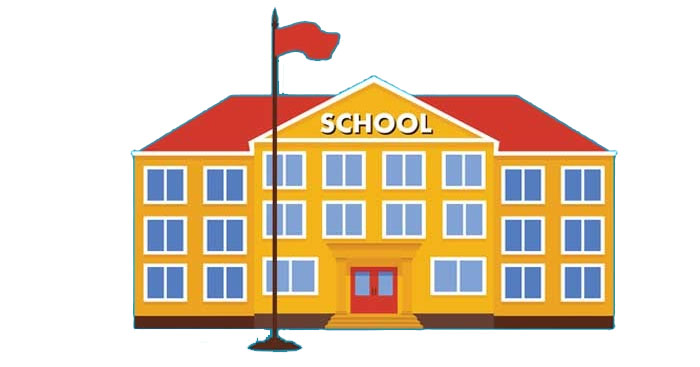
Report Reveals the Decline in Student Attraction in Public Schools in Nepal
Inadequate utilization of investments in free and quality education has led to a decline in student attraction in public schools in Nepal. According to a report released by the Office of the Auditor General, the government has been spending the most amount in the education sector compared to other sectors, yet there has been a decrease of 20% of students in public schools over the past four years.
The success of Private and Institutional Schools
While public schools have faced a decrease in student attraction, private and institutional schools have succeeded in increasing their student population by 47.55% during the same period. The report states that 70.94% of the total students studying at the school level are studying in community schools, whereas institutional schools occupy 27.39% of students, with the remaining studying in religious schools.
Challenges Faced by Community Schools
The report also highlights other reasons for the decline in student attraction in community schools, including the lack of proper achievement of the 14 billion rupees spent on model schools, non-availability of textbooks at the specified time, and inability to implement the provisions of the Act on free and compulsory education.
Challenges in Upgrading Community Schools
According to the Chief Accountant, it is unscientific to create an action plan for upgrading by selecting only 422 or 1.51% schools out of 27,812 community schools across the country. The minimum facilities required in all schools are given only to schools selected as models, which has hindered expected improvements in learning.
Investment in Education
The government disbursed two billion 923.4 million rupees at the local level for the distribution of free textbooks last year. However, the center did not keep a record of whether the textbooks reached the schools on time and the textbooks did not reach the schools in some districts. Suprabhat Bhandari, President of the Nepal Parents Association, said that the government investment in school education is still low, and there is a problem with the lack of proper management of the current investment.
Statistics on Schools and Teachers
There are a total of 72,895 schools in Nepal, including pre-primary, basic level, and secondary level schools. Out of the total number of schools, 36,926 are pre-primary schools, 26,628 are basic level schools, and 11,341 are secondary level schools. There are 325,571 teachers at all levels in community schools, with 86,340 teachers working in institutional and 3,295 teachers in religious schools.
Overall, the report points out the need for better utilization of investments in education to address the challenges faced by community schools and improve the overall education system in Nepal.
|
Statistics |
Numbers |
|
Public school student enrollment decrease (past 4 years) |
20% |
|
Private and institutional school student enrollment increase (past 4 years) |
47.55% |
|
Percentage of students studying in community schools (class 1-12) |
70.94% |
|
Percentage of students in institutional schools (class 1-12) |
27.39% |
|
Percentage of students enrolled in community vs institutional schools (year 2078) |
72.8% vs 27.2% |
|
Government spending on model schools |
14 billion rupees |
|
Government spending on the distribution of free textbooks |
2.9234 billion rupees |
|
Total number of schools in Nepal |
72,895 |
|
Total number of students in Nepal schools |
81,06,329 |
|
Number of pre-primary schools in Nepal |
36,926 |
|
Number of students in pre-primary schools |
1,010,195 |
|
Number of basic level schools in Nepal |
26,628 |
|
Number of students in basic level schools |
53,25,980 |
|
Number of secondary level schools in Nepal |
11,341 |
|
Number of teachers at all levels in community schools |
325,571 |
|
Number of teachers in institutional schools |
86,340 |
|
Number of teachers in religious schools |
3,295 |
Published on 15th April 2023





